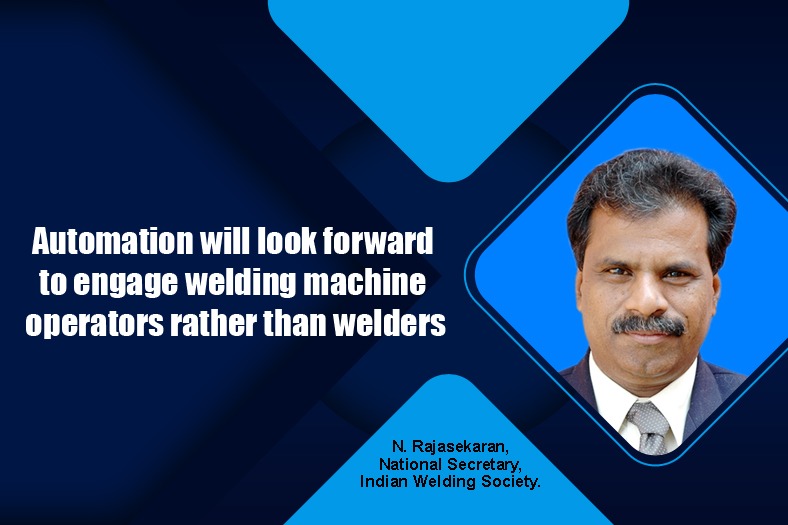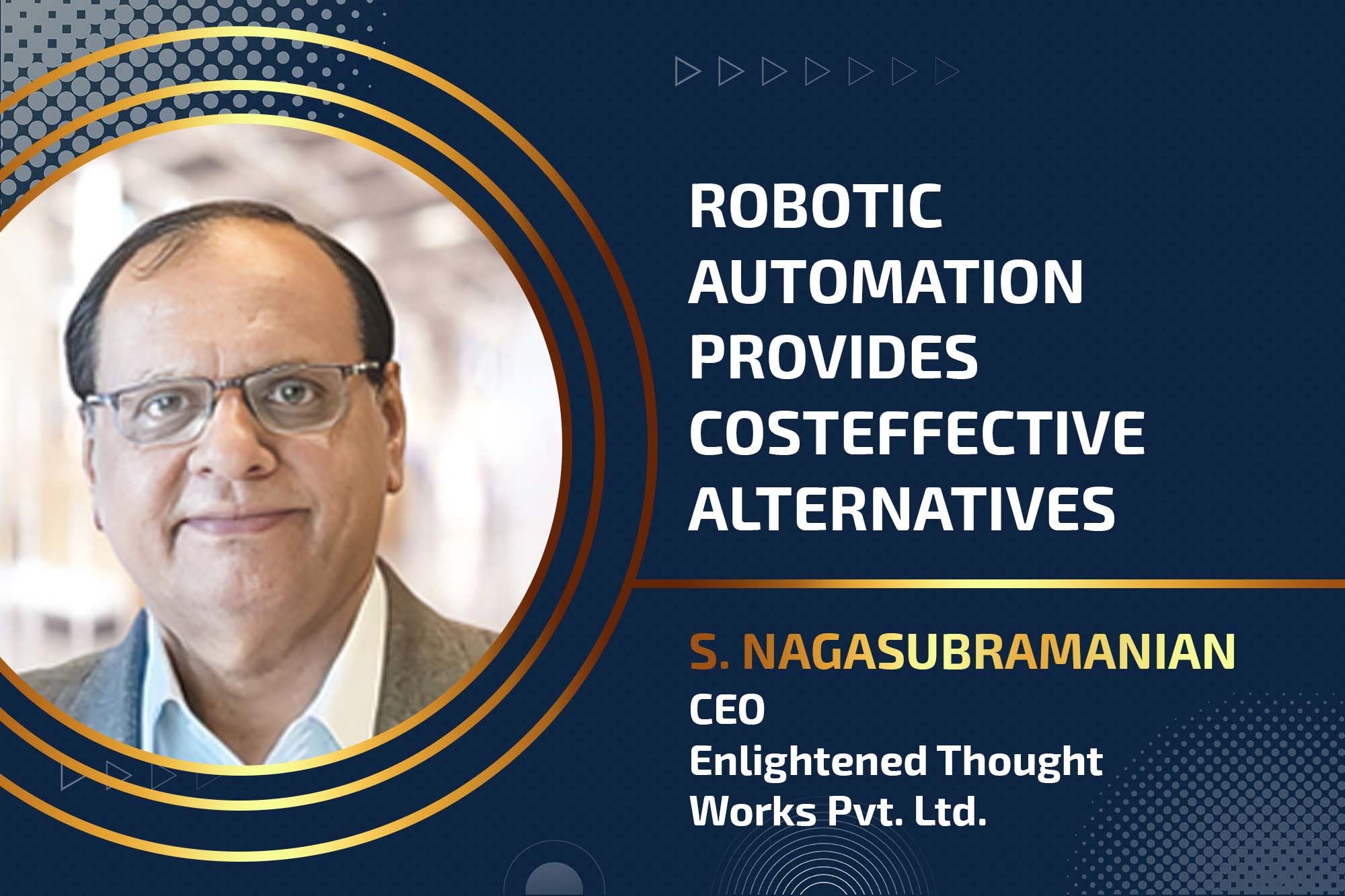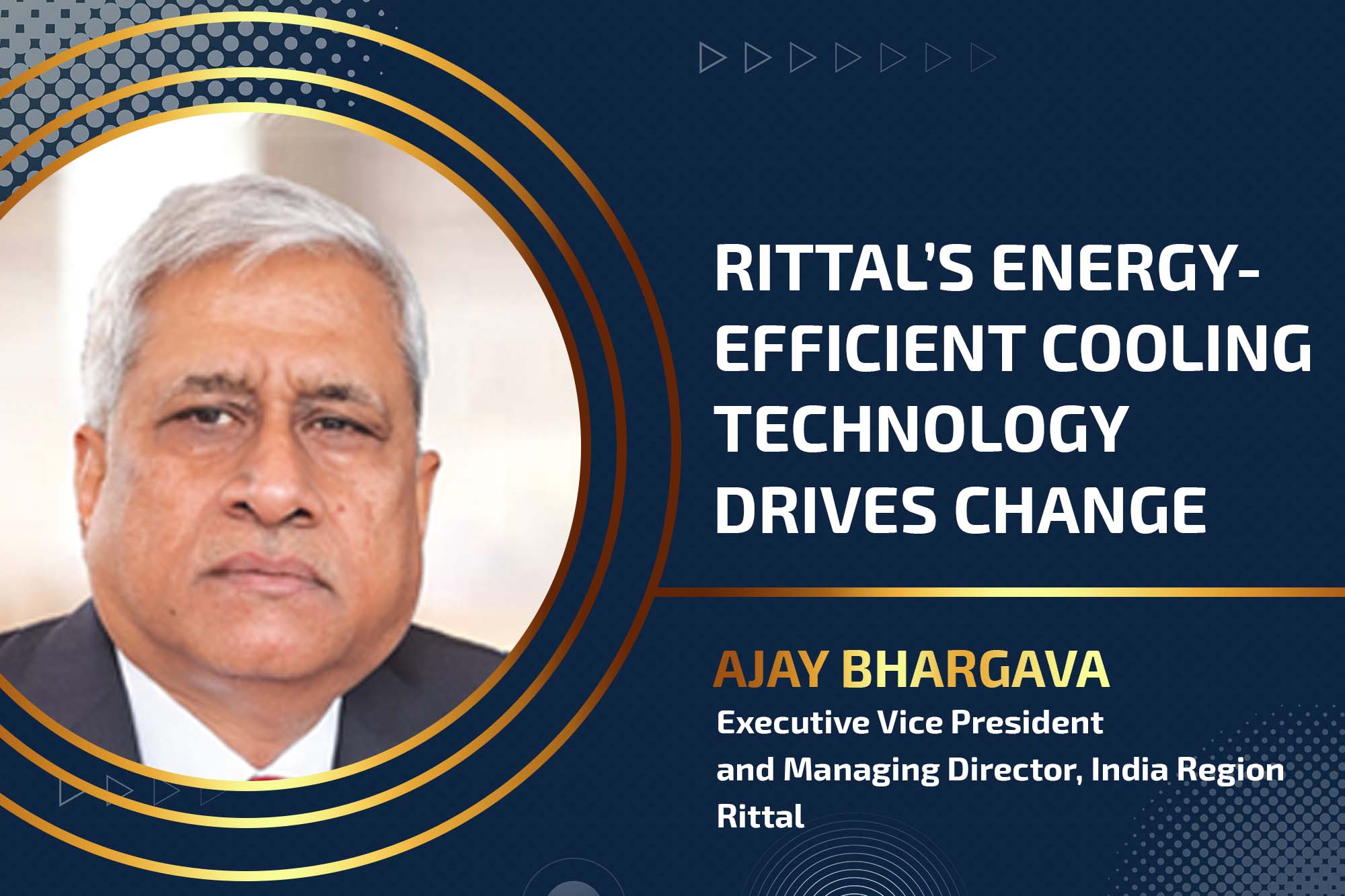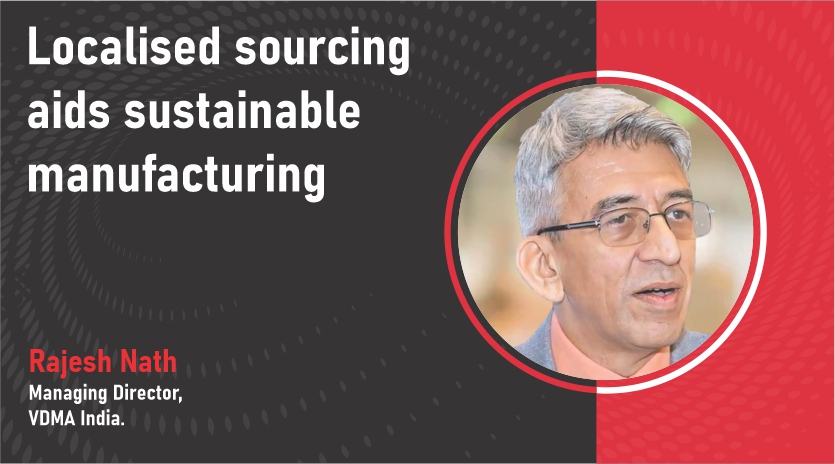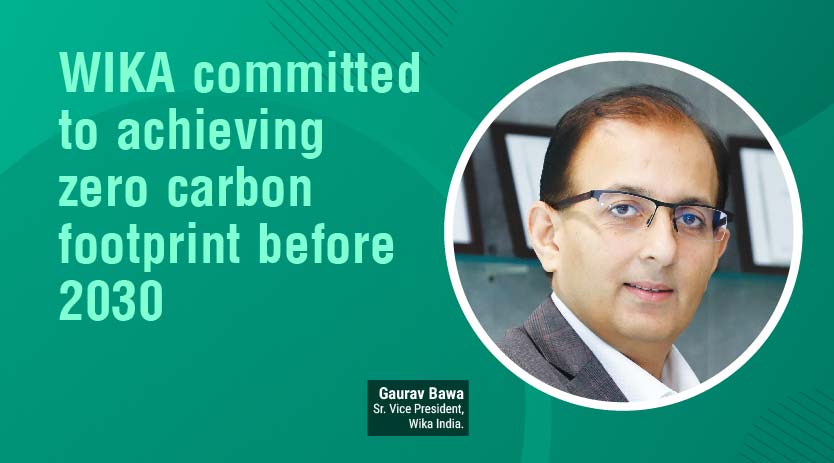Automation will look forward to engage welding machine operators rather than welders
By OEM Update Editorial November 1, 2021 5:28 pm IST
“Automation and robotics are the only way to attract more and more youngsters towards this profession as a white collar job.”
What technological changes have taken place in welding processes since the pandemic affected mostly all processes?
The changes that happened due to the Covid 19 pandemic are in a mixed bag. It opened a few new windows and closed certain doors as explained below.
Knowledge Dissemination, Skilling & Training:
The online platforms became the forum for knowledge dissemination. Earlier, the physical events could attract only the local participants, but these online events attract participants from all over the globe. The professional institutions like IWS, IIW, TWI, AWS, etc. and a host of educational institutions used these platforms effectively for knowledge sharing.
Similarly, the lockdowns denied the opportunities to have hands on training and skilling for the new entrants. There may be a dearth of qualified welders and welding machine operators for some time. Post lockdown, there may be an increase in enrolment for skilling and qualification and a pressure on availability of infrastructure at the training facilities due to crowding. But the impact is seen more visibly in conducting roadshows, demos and exhibitions and personal interactions, which are essential for better understanding of welding and cutting related issues. Even few of the exhibition organisers and OEMs tried with virtual tours through online shows and exhibitions, but in my view they achieved limited results.
Equipment & Consumables:
The OEMs of equipment and consumables are the worst hit due to the pandemic. The steep rise in input cost of raw materials like steel wire, chemicals, etc. and non-availability of electronic components affected their production and sustainability. The consumable market is already crowded and has many small and medium level players in the market. Many of the supply contracts were won against cut-throat competition and may be on a cost basis only. But the steep increase in raw materials cost has eaten away the slim margin and they are in a catch 22 situation. Many of them are struggling to keep them moving. For them to recover and to achieve the pre covid business level, fresh orders are required. They can come only through speedy execution of infrastructure projects and accelerated pick up of industrial activities.
The lack of oxygen supply during the second wave has affected the Oxy – Fuel Cutting processes. Many industries switched over to the Plasma Gas Cutting Process and few opted for other cutting technologies like water jet cutting and laser cutting.
Does automation in welding and cutting processes pose a threat to human-machine interface affecting jobs?
I don’t think so. On the contrary, automation will attract more youngsters towards the profession. It is not only in India, but across the globe, welding is seen as a blue collar and dirty job. It is the issue which bothers everyone in the industry and it is being addressed by AWS, IIW and others. To address this and other issues, the welding associations across Asia formed Asian Welding Federation and discussed many issues like common welder qualification, automation, etc.
Automation will look forward to engaging welding machine operators rather than welders. The development in the IT field has its impact in welding technology also. The computer-based power sources and joystick operations will create interest among the youths and will bring more working hands to the industry. Such steps will give a feeling of white collar job to the youths of today.Welding and cutting industry cannot be an exception to Industry 4.0. Though, we have to move a long way to implement industry 4.0 in welding and cutting processes due to various issues like faster capturing and quicker response to the data, availability of robust sensors, etc. are to be addressed. But efforts are being taken earnestly in this direction and then automation will be the only choice for many applications. Further, the implementation of Wire Arc Additive Manufacturing (WAAM), Laser based Additive Manufacturing (LBAM), Friction Stir Welding processes will require automation.
Hence, I see automation in welding and cutting as an opportunity to generate more employment and to attract more youth to the welding field. Whatever, I said above is applicable for automation, only when one is having sufficient volume and repetitiveness in the product i.e. the cost economic analysis is imperative for implementing automation and robotics. If not so, simple mechanisation or low cost automation may be the solutions.
In today’s reality, does safety and productivity go hand in hand to maximize machine efficiency and uptime in welding and cutting?
I like this question. There is a myth that safety is not having any relevance to productivity. When there is an unsafe condition, the mind will work with fear only. When there is a fear in the mind, it can’t concentrate on the task given. Further, if any accident happens either due to an unsafe act or unsafe conditions, it will affect the morale of the people. With low morale you can’t expect higher productivity.
Fundamentally, productivity can be improved by attitude. One can generate a positive attitude Therefore, it is utmost important to focus on Safety and Quality to reap the benefits of productivity.
The safe environment created by the management including provision of PPEs, suitable fume extractors will definitely maximise the effectiveness rather than efficiency and uptime well. Effective performance will lead to higher productivity. Further, I feel that periodical study on occupational hazards in the shop floor, fume level measurement and medical checkup for the personnel will boost the morale further.
How automation and robotics contribute to welding solutions for better finishing, precision and aesthetics?
Because of the repeatability and reliability of automation and robotics, the quality of the weld will improve manifold compared to manual or even to a certain extent mechanised welding. Higher travel speed, more arc time coupled with reduced arc time per weldment, 100% duty cycle, consistent quality, elimination of human fatigue, balanced heat input & better weld sequencing to minimise distortion and residual stresses in the welded component, etc. are the attributes of automation and robotics to get increased productivity. But remember, the dimensional and shape accuracy of the parts to be welded are very critical for automated or robotic welding applications.
The robot or automated welding torch will move in the path as programmed or as taught. It can’t tolerate improper fit up, improper root gap, etc. which can be done in manual and semi mechanised welding. Therefore, more care should be given in the upstream area like material sizing, edge preparation, fit up, etc. to reap the benefits of robotics and automation. A strict enforcement of quality in the pre weld preparation area is very much essential and without that the desired results could not be achieved.
Your opinion about the robotic welding market which is expected to more than double in next six years and how robotic technologies are enhancing processes?
The estimation may be proved as correct, if there is no other pandemic, on the lighter side. The advent of WAAM, the quality and cost competitiveness, more and more applications of friction stir welding and new generation welding power sources, non-availability of qualified welders at affordable cost coupled with the developments in application of Industry 4.0 in welding will definitely add to the accelerated growth rate. Automation and robotics are the only way to attract more and more youngsters towards this profession as a white collar job. The thirst for quality at minimum cost will be the drivers for excel in the business and the same will drive the robotics technology in cutting and machining processes too.
Cookie Consent
We use cookies to personalize your experience. By continuing to visit this website you agree to our Terms & Conditions, Privacy Policy and Cookie Policy.




